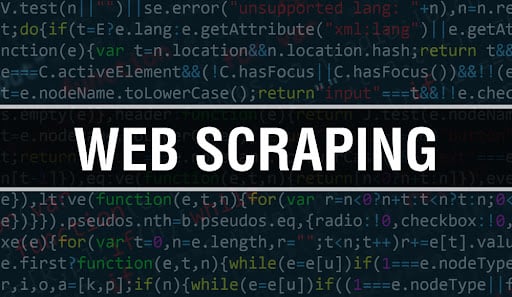Introduction
Database scraping, often referred to as web scraping or data extraction, is the process of obtaining information from a database or website. In our rapidly evolving digital age, understanding how to effectively scrape data can offer invaluable insights and support for businesses, researchers, and individuals. Let’s delve into the ins and outs of database scraping, understanding its importance, and some best practices.
What is Database Scraping?
Definition: At its core, database scraping is the technique of extracting data from databases or websites. It’s akin to copying information manually, but this process is automated and much faster.
Applications: It’s used in various fields such as:
-
Market Research: Companies scrape websites to gather data about competitors, market trends, or customer feedback.
-
Real Estate: Agents might extract property listings to monitor the market.
-
Academic Research: Scholars might scrape online journals or archives for data analysis.
Importance of Database Scraping
Time Efficiency
In the past, one would have to manually visit websites, copy information, and then collate this data. With scraping, large volumes of data can be obtained in minimal time. This increases productivity.
Data-Driven Decisions
For businesses, the data obtained can be analyzed to identify market patterns, customer preferences, and potential opportunities. Thus, decisions become more accurate and tailored.
Cost-effective
Manual data extraction is not only time-consuming but can also be costly. Automated scraping reduces these costs, making it an affordable solution for many.
Best Practices for Database Scraping
Respect the robots.txt
Every website has a robots.txt file that provides guidelines about what can be scraped and what cannot. Always adhere to these rules to ensure ethical scraping.
Avoid Overloading Servers
Sending too many requests in a short period can crash a website. It’s crucial to pace your scraping requests to avoid this. Consider using delays or spreading requests over time.
Stay Updated
Websites frequently update their structure. Ensure you update your scraping scripts accordingly to ensure the accuracy of data extraction.
Use the Right Tools
Many tools and libraries are available for database scraping. Some popular ones include Beautiful Soup, Scrapy, and Selenium. Choose the tool that best fits your needs.
Challenges in Database Scraping
Dynamic Content
Some websites load their content dynamically using JavaScript. This makes it a bit tricky to scrape, but not impossible. Tools like Selenium can be used in such scenarios.
CAPTCHAs and IP Blocks
Websites may use CAPTCHAs or block IPs to prevent automated access. While there are ways around these, it’s essential to question if bypassing such measures is ethical.
Data Structure Variance
Different websites or databases may store similar information in varied structures. This requires tweaking and customization of scraping scripts for each source.
Final Thoughts
Database scraping is undeniably a powerful tool in the digital age. With its ability to gather vast amounts of data quickly and efficiently, it offers immense potential. However, it’s crucial to approach this technique with respect and ethics. Always remember to scrape responsibly and stay within the legal boundaries. And as you dive into this world, may your data journey be insightful and productive!

